
The PM2.5 field test Inter-comparison Campaign previously announced in July, has now been launched in Vietnam’s capital Ho Chi Minh City, led by Institut Polytechnique de Grenoble and the CARE (Center of Asian Research on watEr) laboratory. The initiative is a collaboration between the Faculty of Environment – VNUHCM University of Science and the IGE laboratory (Institut des Géosciences de l’Environnement, Grenoble, France), with support from NKE Instrumentation and its innovative OSTARA station.
Among the participating technologies is the uRADMonitor Smoggie®, a compact, IoT-connected air quality sensor designed to measure fine particulate matter (PM1, PM2.5, PM10). Recognised at AIRPARIF Micro-sensor Challenge AIRLAB 2021 and AIRLAB 2023 for its reliability and innovative design, Smoggie combines affordability with scientific-grade insight, empowering communities, researchers, and institutions worldwide to better understand local air pollution.
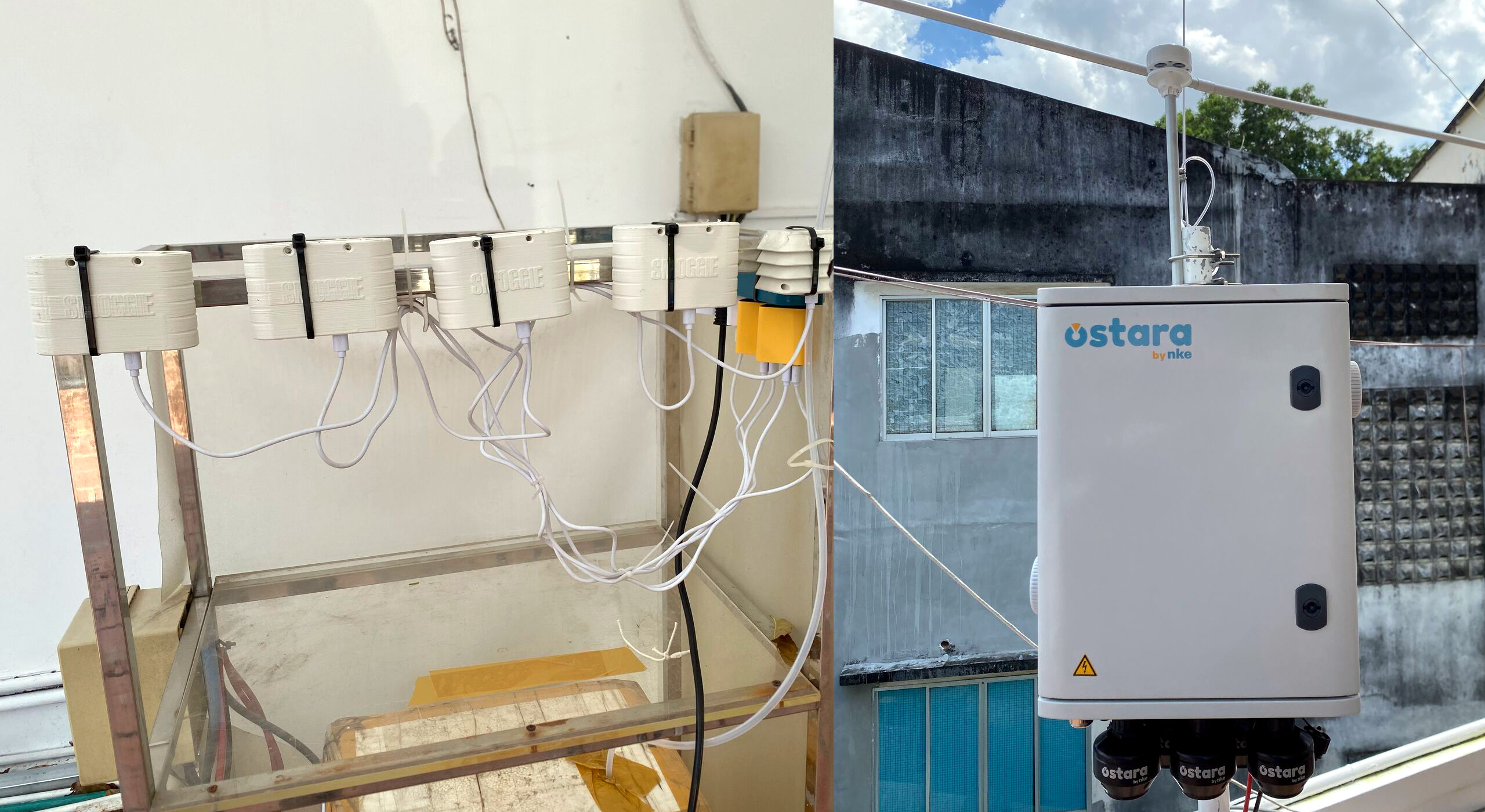
Technical Limitations of Optical PM Sensors in Wet Environments
Optical particulate matter sensors estimate dust concentration by measuring how particles scatter light. While this principle is effective in dry air, it becomes problematic in high-humidity or tropical environments.
Moisture droplets can be misinterpreted as solid particles, leading to artificially inflated PM readings. Additionally, condensation on sensor optics can cause signal instability or drift over time. These limitations are especially relevant for Southeast Asia, where humidity levels often exceed 80%.
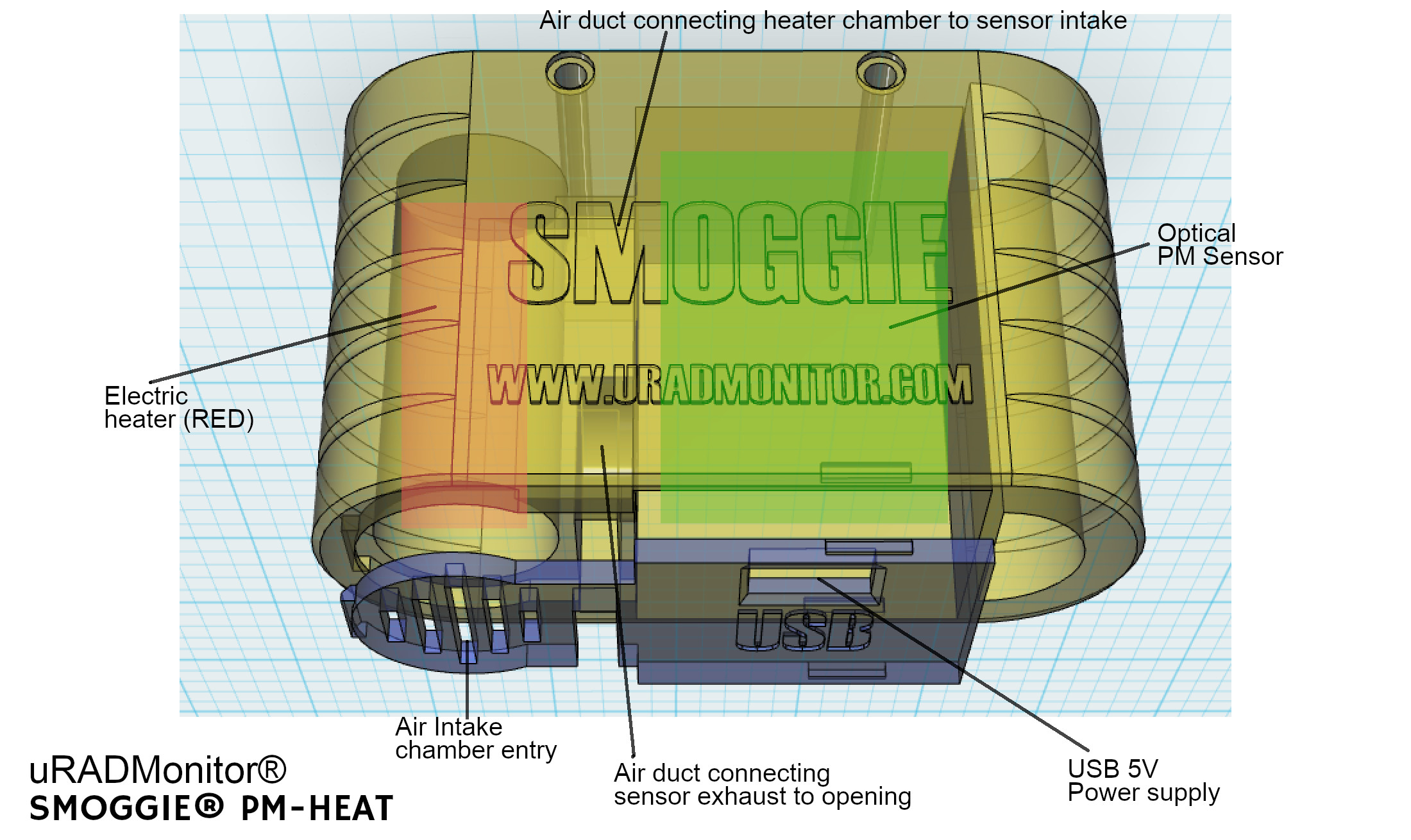
To address this challenge, uRADMonitor® introduced the Smoggie®-PM-HEAT, an upgraded model featuring a miniature air pre-heating system that dries incoming air before measurement. This mechanism mitigates humidity interference and ensures more stable readings.
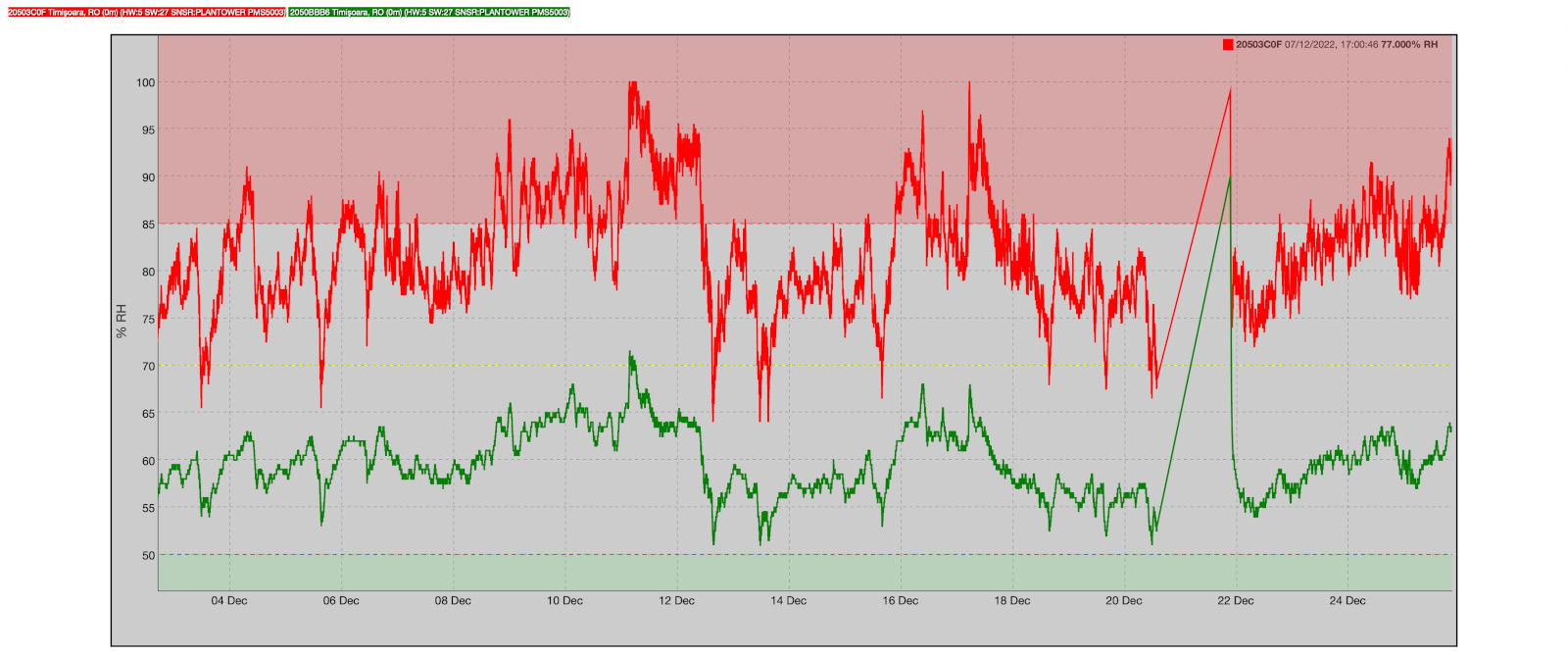
The Smoggie®-PM-HEAT was tested in Bangkok, Thailand, as part of AIRLAB 2023 in the Microsensor Challenge 2023 organised by AIRPARIF. Results confirmed that the heated variant reduced humidity bias compared to standard optical sensors, delivering more consistent PM2.5 measurements even in tropical conditions. (Source: AIRLAB 2023 official results and uRADMonitor field report.)
Why field testing and Intercomparison Campaigns Matter
Intercomparison studies like the one in Ho Chi Minh City are crucial for evaluating how low-cost air quality sensors perform against reference instruments such as gravimetric samplers.
By quantifying these differences under real-world conditions, researchers can develop correction models to improve data accuracy, making low-cost sensors more valuable for environmental monitoring, policy planning, and public health initiatives.
Commitment to Innovation
Continuous innovation is key to closing the gap between reference-grade and low-cost air monitoring technologies. The Smoggie-PM-HEAT exemplifies this commitment by integrating simple yet effective hardware improvements, in this case the air heating , to counter environmental limitations that affect optical PM sensors and get better and more useful results.
uRADMonitor reaffirms its commitment to developing open, reliable, and globally accessible air quality monitoring solutions that benefit communities worldwide.
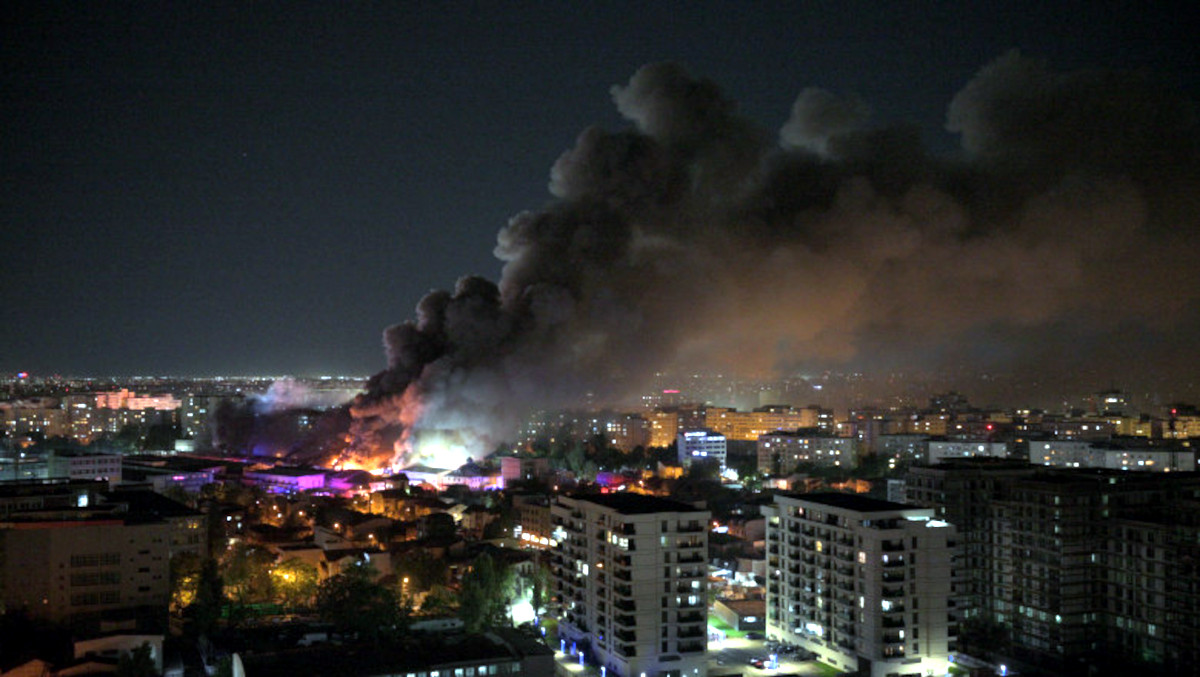
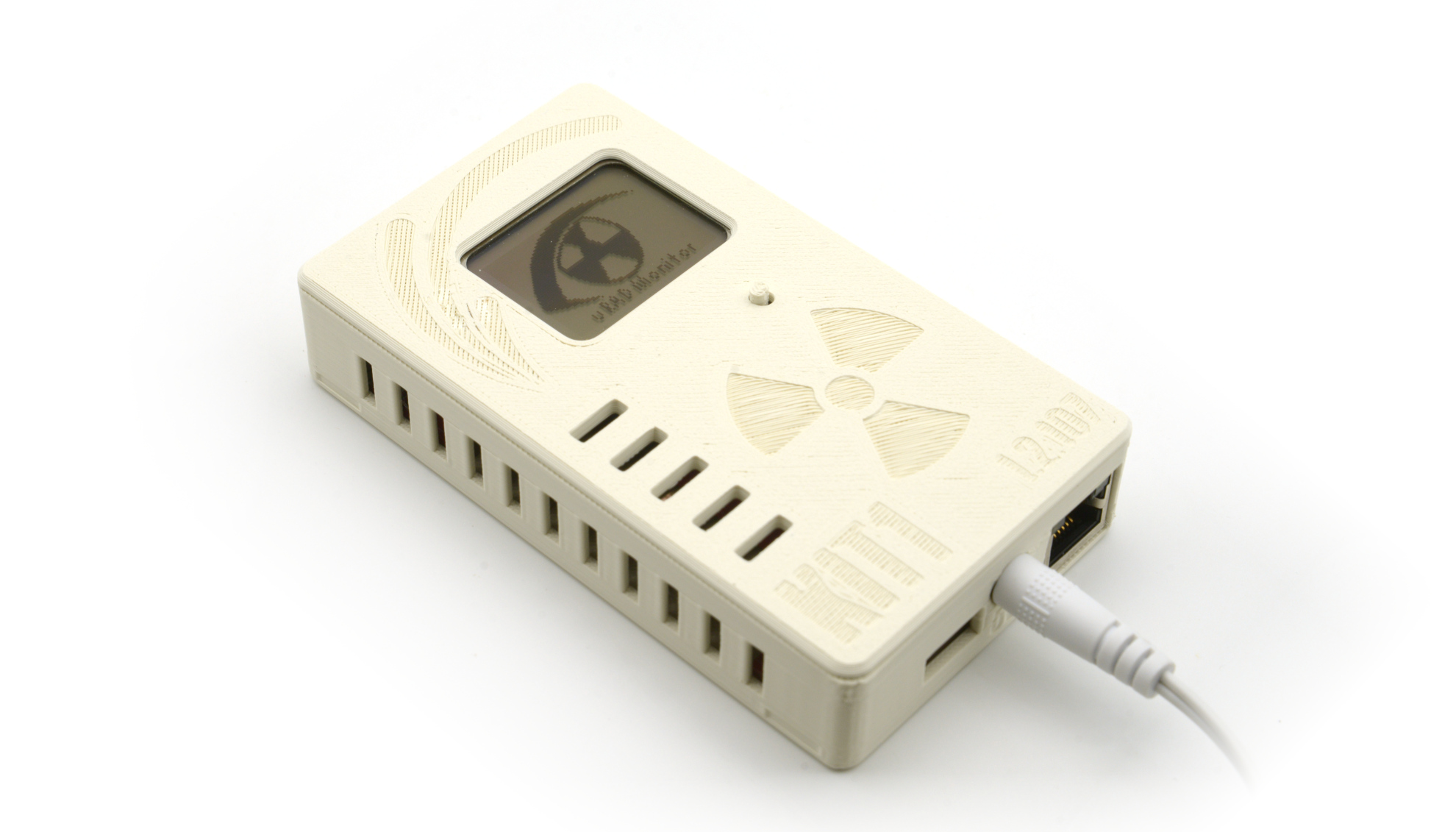
codemore code
~~~~